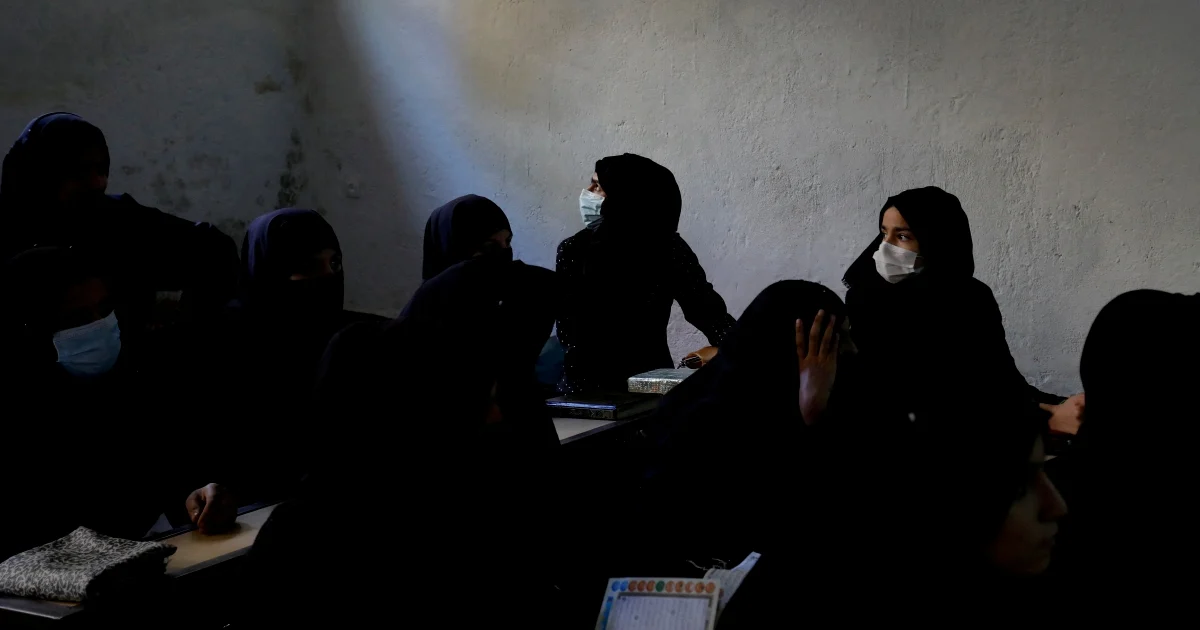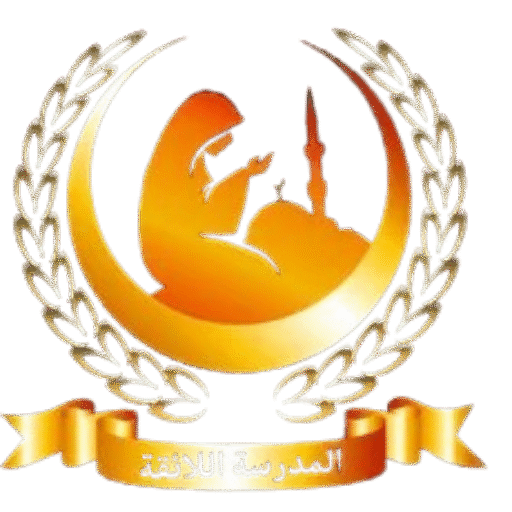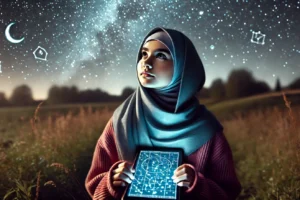
The Role and Evolution of Ladies Madrasas in Sri Lanka
Ladies Madrasas in Sri Lanka
In the vibrant and culturally diverse landscape of Sri Lanka, Islamic education has played a crucial role in shaping the spiritual and intellectual growth of the Muslim community. Among the various educational institutions, ladies madrasas hold a significant position, empowering Muslim women with religious knowledge, life skills, and a sense of community. These institutions have evolved over the years, adapting to modern educational needs while preserving traditional Islamic teachings.
Historical Background
The role and evolution of ladies madrasas in Sri Lanka reflect the broader historical and cultural dynamics of the Muslim community on the island. Madrasas, or Islamic educational institutions, have been pivotal in providing religious education to Muslims in Sri Lanka for over 150 years. The first madrasa was established in 1870, and these institutions have grown significantly in number and scope since then.
Early Beginnings and Growth
The earliest madrasas in Sri Lanka were primarily Quran schools attached to mosques, where children learned to read the Quran and memorized its verses. Initially, these schools were simple, often run by a single teacher (alim or moulavi) trained in Indian madrasas. The first known madrasa, Zawiyathul Makkiyatul Fasiyyatul Shaduliyya, was established in 1870 in Thalapitiya, Galle. This was followed by others, including Al Madrasatul Baari in Weligama (1884) and Bahjatul Ibrahimiyya in Galle (1894).
Establishment of Ladies Madrasas
The concept of ladies madrasas emerged as part of a broader effort to provide Islamic education to women, recognizing their essential role in the family and community. The first known ladies madrasa, Kaleliya Muslim Ladies Arabic College, was established in 1959. These institutions were set up to ensure that women received the same level of religious education as men, reflecting a growing awareness of the importance of female education in Islam.
Curriculum and Education System
Madrasas in Sri Lanka, including ladies madrasas, have traditionally focused on teaching Arabic, Islamic jurisprudence, and Quranic studies. Over time, the curriculum has expanded to include secular subjects such as mathematics, science, and languages (Sinhala and English), enabling students to sit for national examinations like the GCE O/L and A/L. This integration of religious and secular education helps students gain a well-rounded education, preparing them for various roles in society.
Challenges and Evolution
The expansion of madrasas, including ladies madrasas, has not been without challenges. The rapid growth of Islamic institutions in predominantly Buddhist Sri Lanka has sometimes led to tensions. Misconceptions and fears about the role of madrasas in society have occasionally resulted in protests and regulatory pressures. However, madrasas have continually adapted, emphasizing coexistence, social harmony, and the rejection of extremism in their teachings.
Modern Developments
Today, ladies madrasas in Sri Lanka continue to play a crucial role in the educational landscape of the Muslim community. They not only provide religious education but also empower women by offering vocational training and life skills. This dual focus helps Muslim women contribute effectively to their families and communities while preserving their religious and cultural identity.
In conclusion, the evolution of ladies madrasas in Sri Lanka reflects a broader narrative of educational development, social adaptation, and cultural preservation within the Muslim community. These institutions remain vital in promoting both religious knowledge and secular education, ensuring that Muslim women can thrive in a rapidly changing world.



